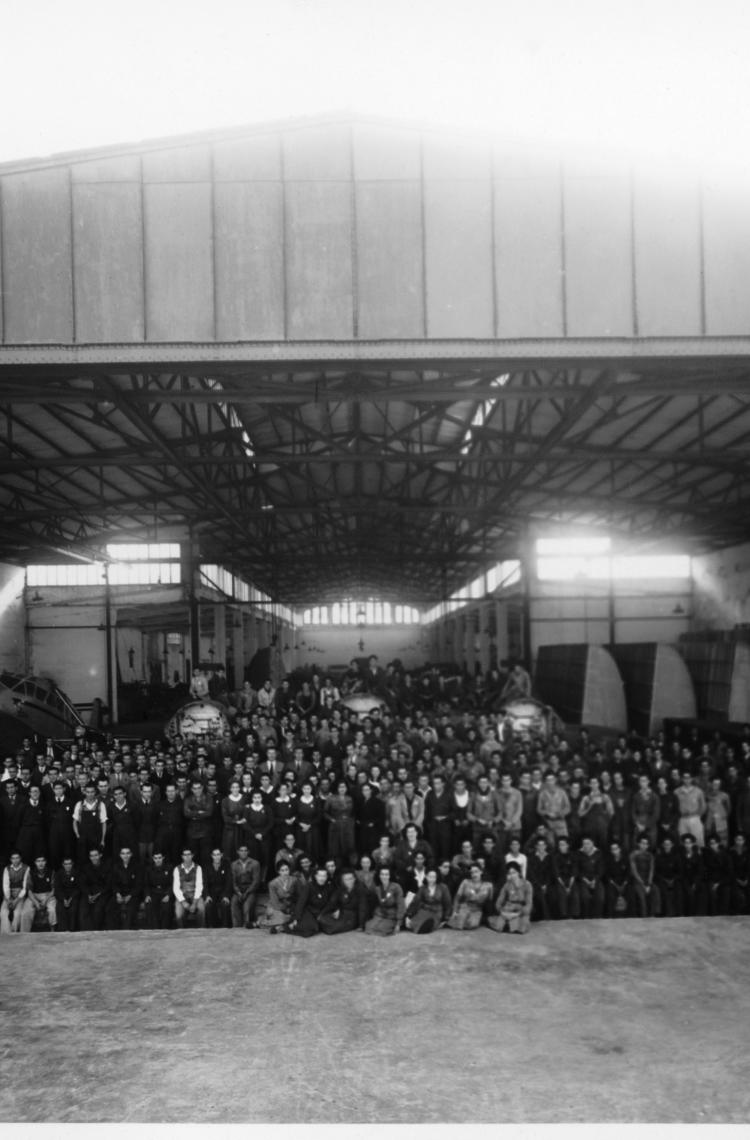Airbus’ goal of “pioneering sustainable aerospace for a safe and united world” is built on the strengths of its founding countries – with Spain bringing expertise and excellence gained during a century of achievements that cover the spectrum from designing and manufacturing cutting-edge civil and military aircraft to building satellites that unravel secrets of our universe.
Since the establishment of Construcciones Aeronáuticas SA (CASA) in March 1923, the Spanish industry has continually evolved, and today hosts production facilities for Airbus aircraft and helicopters, along with space and defence products. Research and development centres in Spain also are vital in keeping Airbus at the forefront of technology – preparing for the next 100 years.
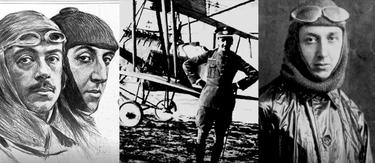
Approximately 13,000 highly qualified Airbus employees work at eight sites across three of Spain’s main regions: Madrid, Castile-La Mancha and Andalusia. As a result, Airbus is at the heart of aerospace and defence in Spain, leading most of the country’s national and cooperative programmes in these sectors.
Defence: from airlifters to drones and mission systems
Defence activities represent a large share of Airbus’ business in Spain. This reflects the country’s traditional strengths that trace their roots to CASA’s heritage, including the twin-engine C-212 Aviocar STOL (short takeoff and landing) multi-role airlifter developed in the 1960s and built during a production run spanning 40 years. Today, the focus is on the development of aircraft for strategic and tactical transportation, as well as for special missions – along with an important role in the multi-national Eurofighter combat jet aircraft programme.
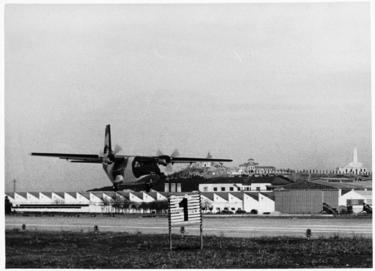
Among the most visible aspects of Spain’s defence activity are its assembly facilities for Airbus’ large four-engine A400M turboprop-powered airlifter and the twin-turboprop C295 tactical transport. They are joined by the conversion centre that transforms A330s from their passenger configuration into the A330 MRTT (Multi-role Tanker Transport). The International Training and Delivery Centres for Airbus Air Systems also are located in the country, along with the production of aircraft components in advanced aviation materials.
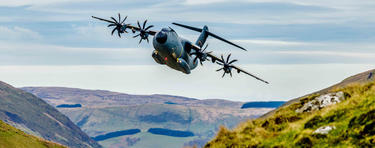
Airbus has evolved its capabilities in Spain for current- and future-generation drones and unmanned aerial vehicles; while world-leading experts in geo-information, mission systems, ground stations, intelligence, simulation and environmental management are employed by Airbus as well. The Andalusian plants of Tablada and Cádiz will participate in the industrialization and production of the Eurodrone.
For the Future Combat Air System (FCAS) – which is Europe’s most important defence project for the coming decades – Spain will be at the centre of its development, focussing on Enhanced Low Observability (stealth) capabilities as well as the New Generation Fighter.
Spain’s involvement in Airbus commercial aircraft
Spanish locations are responsible for the design, engineering and manufacturing of components for nearly all Airbus widebody and single-aisle commercial aircraft, beginning in the 1970s with elements for the cornerstone A300 and A310. Current production ranges from empennages and aft fuselages to horizontal stabilisers and tail cones for A330, A350 and A320 Family aircraft. The A350 wing’s lower cover – the largest single carbon fibre component on this latest member of Airbus’ widebody product line – also is produced in Spain.
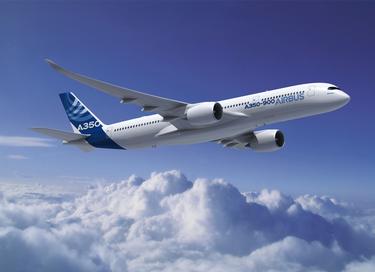
Aviation’s future will depend on its ability to decarbonise, with Spain playing a key role in Airbus’ research and development that support a more sustainable air transport industry. The country is home to one of the flagship locations for Airbus UpNext, which has the mission to rapidly develop and test future disruptive aerospace technologies in scaled applications.
Also in Spain is Airbus’ Zero Emission Development Centre (ZEDC) for hydrogen technologies, placing the focus on non-propulsive energy, systems for fuel cell cooling and fibre optics, as well as carbon fibre tanks for cryogenic liquid hydrogen storage.
Airbus’ leadership role in Spain for helicopters
Airbus leads the helicopter-sector business in Spain, supplying company-built rotorcraft to customers in the military, government, police and other sectors. The country has a long helicopter tradition, leading back to the 1920’s invention of the autogyro by Spanish engineer Juan de la Cierva.
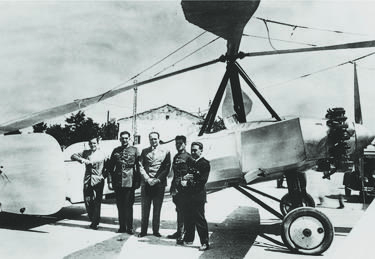
Helicopter-related design, manufacturing, MRO (maintenance, repair and overhaul), as well as sales, engineering, programme management, sales and support functions are handled by Airbus’ Spanish employees.
Spain also is a centre of excellence for rear fuselages incorporated in Airbus’ entire helicopter range – both civil and military – and is where production of the front and centre fuselages for all variants of the NH90 helicopter takes place.
Involvement in Spanish, European and U.S. space programmes
Since 1966, Airbus has been part of European and Spanish national space programmes, with involvement in satellites, launchers and in-orbit infrastructure. This includes Airbus’ prime contractor role for Spain’s PAZ observation and reconnaissance satellite launched in 2018, and the first European Space Agency (ESA) satellite built by a Spanish company: the CHEOPS (CHaracterising ExOPlanet Satellite) space telescope, lofted in 2019.
Spanish design and manufacturing also involve large carbon fibre structures for the Ariane 5, Ariane 6 and Vega commercial launchers. Expertise in the treatment of carbon fibre has given Spain the recognition as a Composite Centre of Excellence, and a new industrial site at Getafe will handle production that includes the layup, processing and painting of composite structures for the next-generation Ariane 6.
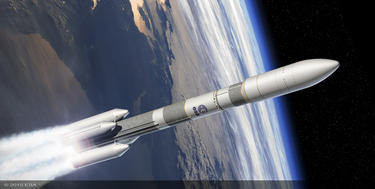
Airbus designs and produces state-of-the-art electronic products for space applications that range from satellites, deep space probes and orbital infrastructure to space transportation systems. Among the examples are onboard data processing and control systems that have been core capabilities at Airbus Crisa in Spain since the inception of this business more than 35 years ago.
Space exploration also plays a key role in Airbus’ Spanish-based activities, including the contribution of active antennas on the U.S.-developed NASA Curiosity and Perseverance Martian rovers – enabling communications with Earth from the Red Planet’s surface.
Airbus is building the LSTM satellite in Spain to monitor land surface temperatures as part of the European Union’s Copernicus programme. In the field of payloads and instruments, Airbus’ Spanish personnel are developing the European component of the European Space Agency’s SMILE satellite, which is designed to provide a better understanding of space weather; as well as the ICI (Ice Cloud Imager) and SCA wind scatterometer instruments for the MetOp-SG second-generation operational meteorological satellites. Additionally, Airbus’ Spanish operation is responsible for integrating the payload on SPAINSAT NG satellites to be orbited for the country’s government and military secure communications needs.
As Airbus celebrates 100 years of Spain’s industrial legacy, the company’s Spanish teams are committed to innovating and pioneering the next century of aviation, defence and space.
